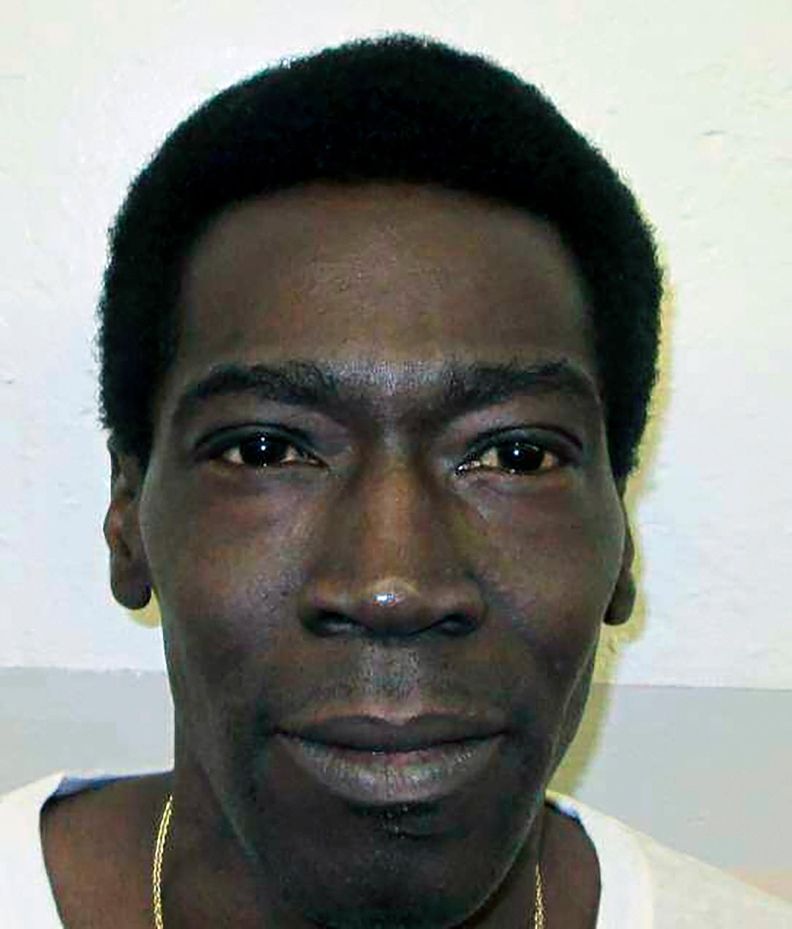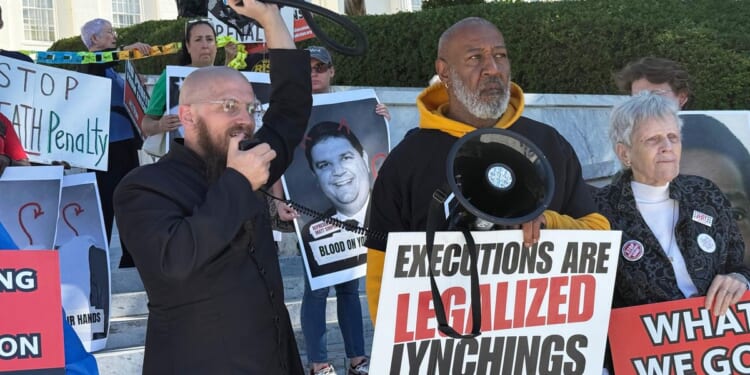
ATMORE, Ala. — An Alabama man convicted of helping to burn a man alive in 1993 over a $200 drug debt was executed by nitrogen gas on Thursday.
Anthony Boyd, 54, was pronounced dead at 6:33 p.m. at William C. Holman Correctional Facility, authorities said. The execution was carried out by nitrogen gas, a method Alabama began using last year.
Boyd was sentenced to death for his role in killing Gregory Huguley in Talladega County. Prosecutors said Huguley was set on fire after he didn’t pay for $200 worth of cocaine.
Boyd used his final words to proclaim his innocence and criticize the criminal justice system.
“I didn’t kill anybody. I didn’t participate in killing anybody,” he said. “There can be no justice until we change this system,” he continued, before closing with, “Let’s get it.”
A prosecution witness at the trial testified as part of a plea agreement and said that Boyd taped Huguley’s feet together before another man doused him in gasoline and set him on fire. A jury convicted Boyd of capital murder during a kidnapping and recommended by a vote of 10-2 that he receive a death sentence.
Defense lawyers said he was at a party on the night Huguley was killed.
Boyd had been on Alabama’s death row since 1995. He was the latest chair of Project Hope to Abolish the Death Penalty, an anti-death penalty group founded by men on death row.
Alabama began using nitrogen gas last year to carry out some executions. The method uses a gas mask strapped over the inmate’s face to replace breathable air with pure nitrogen gas, causing the person to die from lack of oxygen.
Nationally, the method has now been used in eight executions: seven times in Alabama and once in Louisiana.
Boyd’s lawyers had asked a federal judge to halt the execution to give the method more scrutiny. A federal judge declined the request. She ruled Boyd was unlikely to prevail on claims that the method, which has been used multiple times, is unconstitutionally cruel.
The U.S. Supreme Court on Thursday afternoon also denied Boyd’s request to stay the execution and instead let him die by firing squad. Justice Sonia Sotomayor authored a scathing dissent joined by Justices Elena Kagan and Ketanji Brown Jackson.
Sotomayor, citing witness description of past nitrogen gas executions, wrote that there is “mounting and unbroken evidence” that the method is unconstitutional. She wrote that “allowing the nitrogen hypoxia experiment to continue” fails to protect the dignity of the nation.
Alabama has maintained that any shaking or gasping exhibited by inmates during nitrogen gas executions are largely involuntary actions caused by oxygen deprivation.








